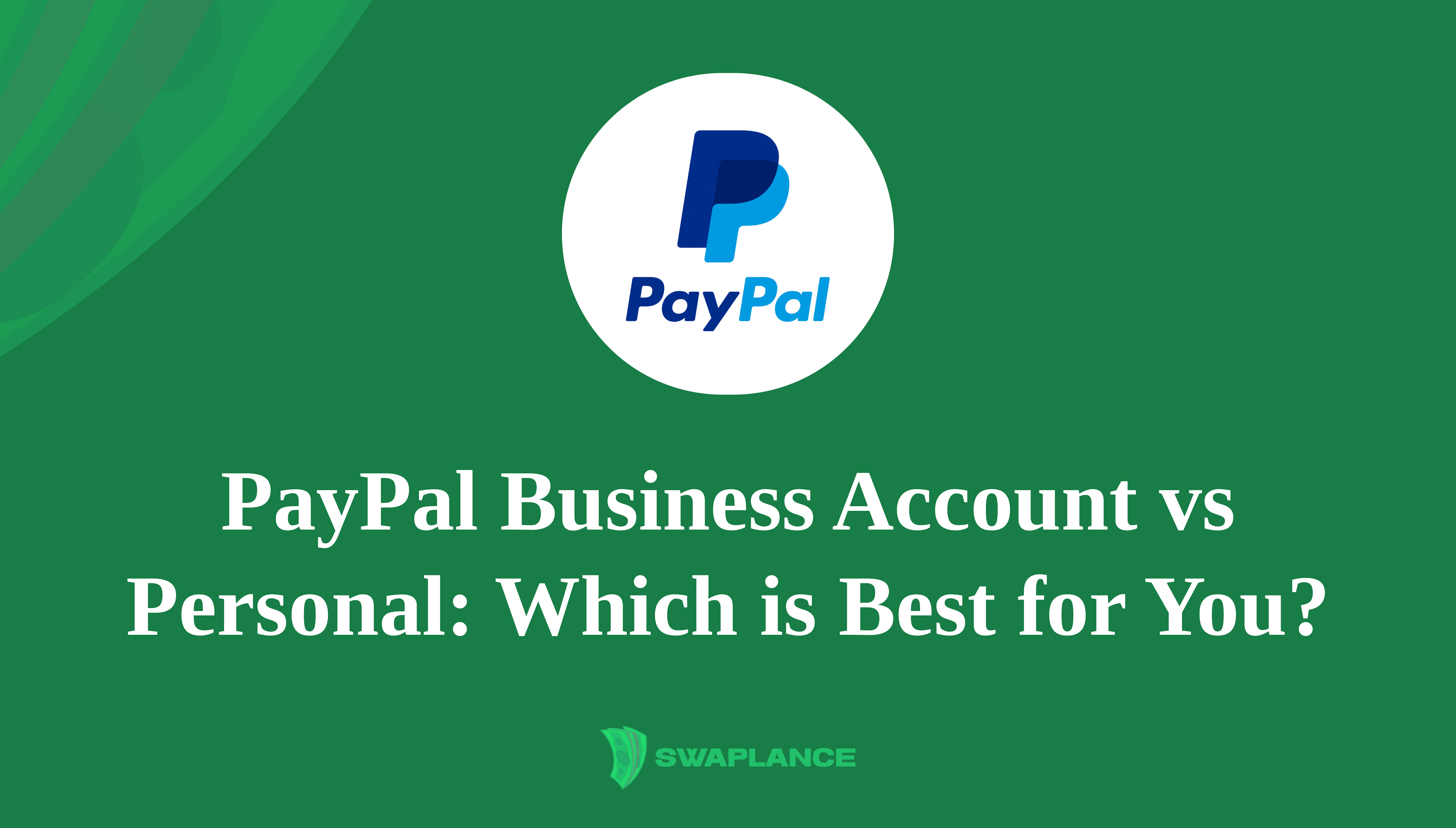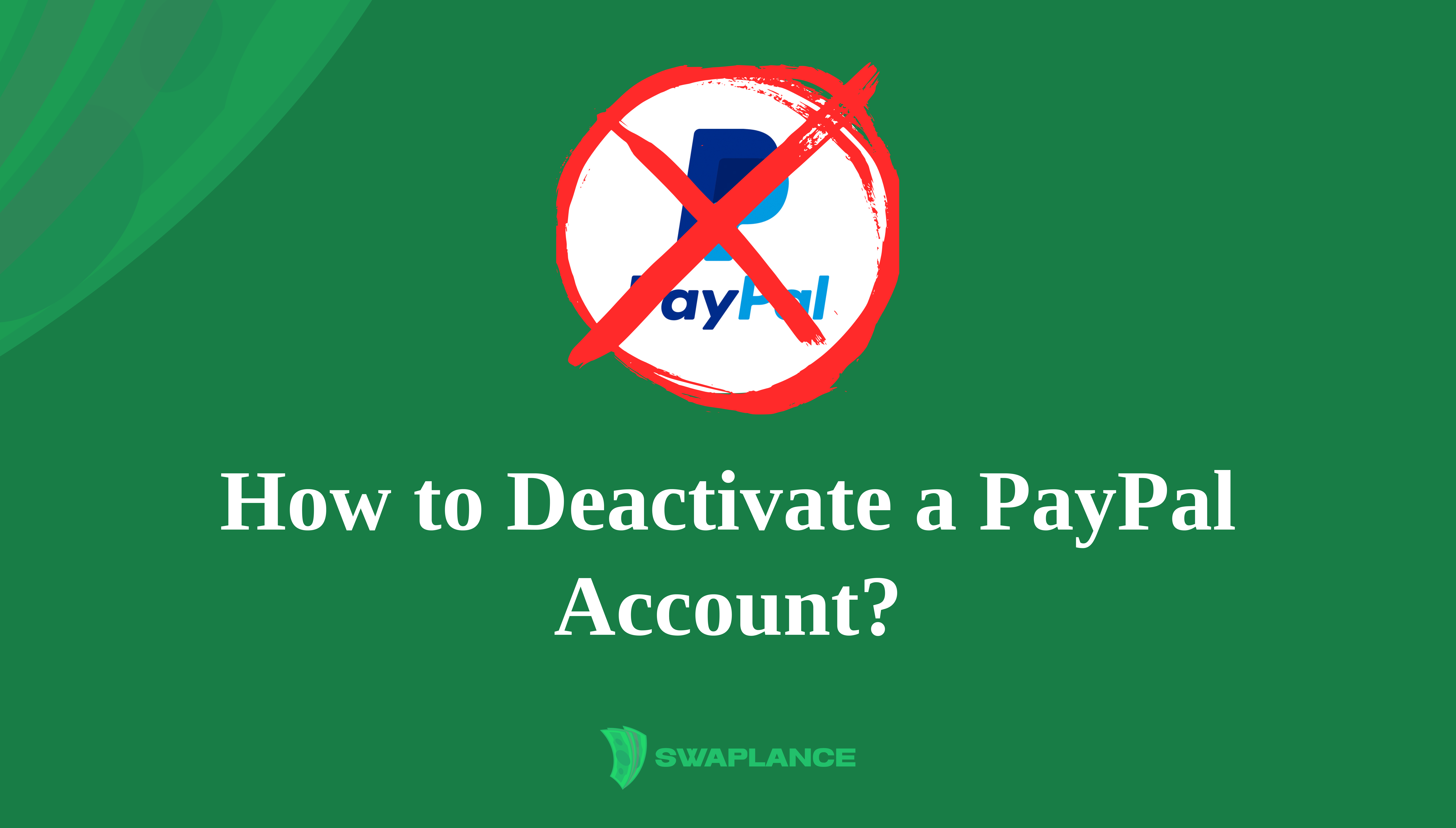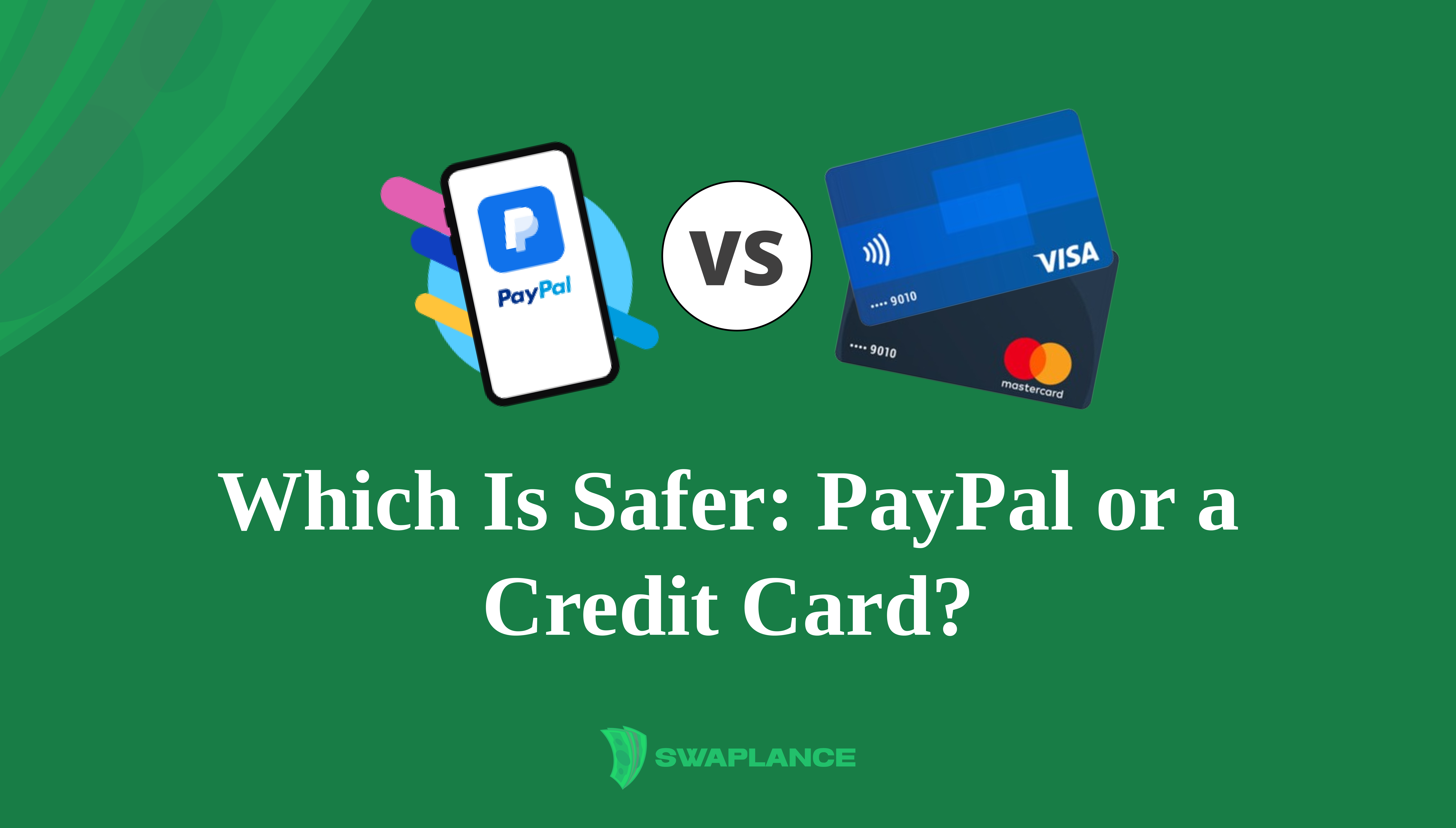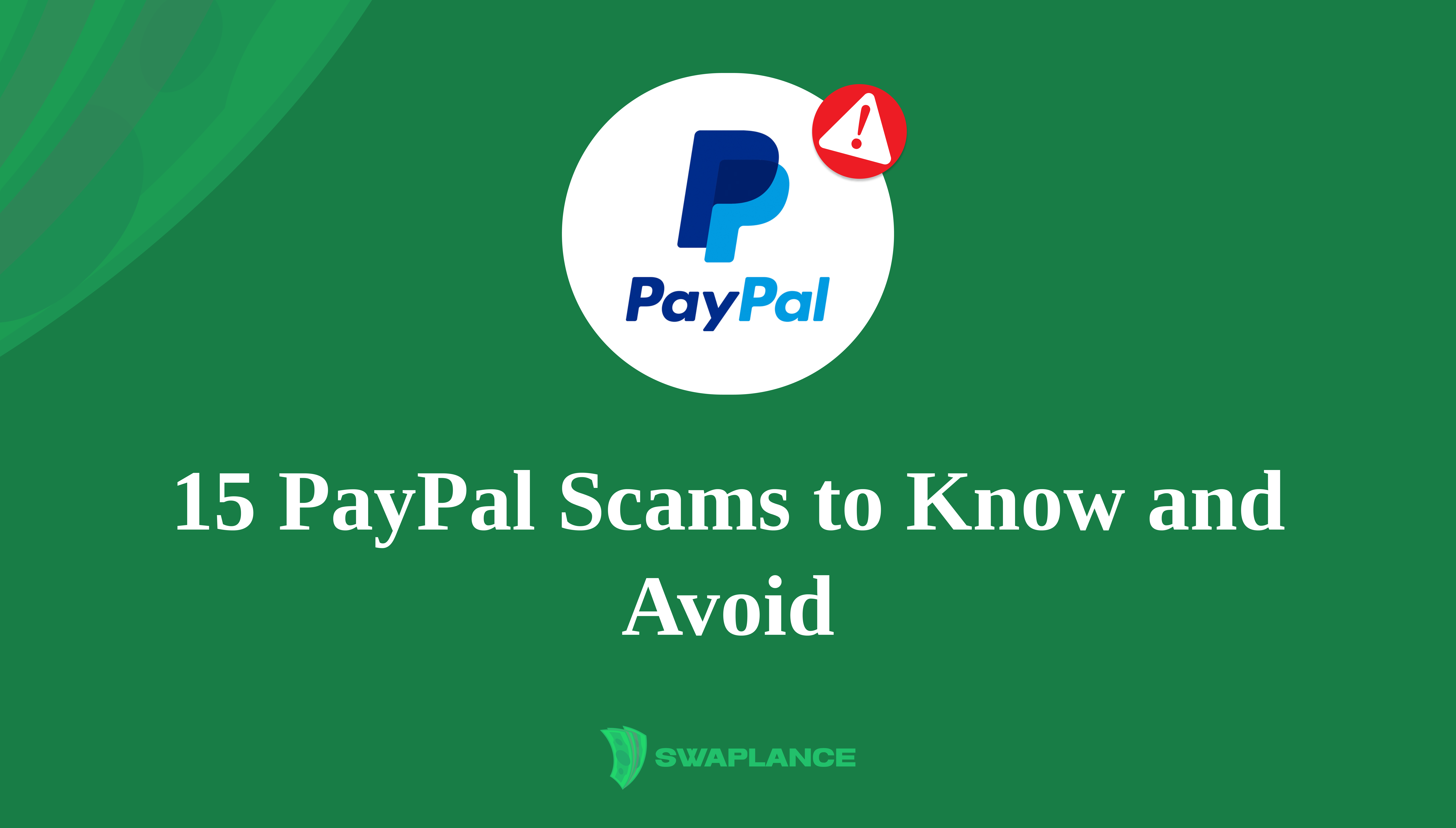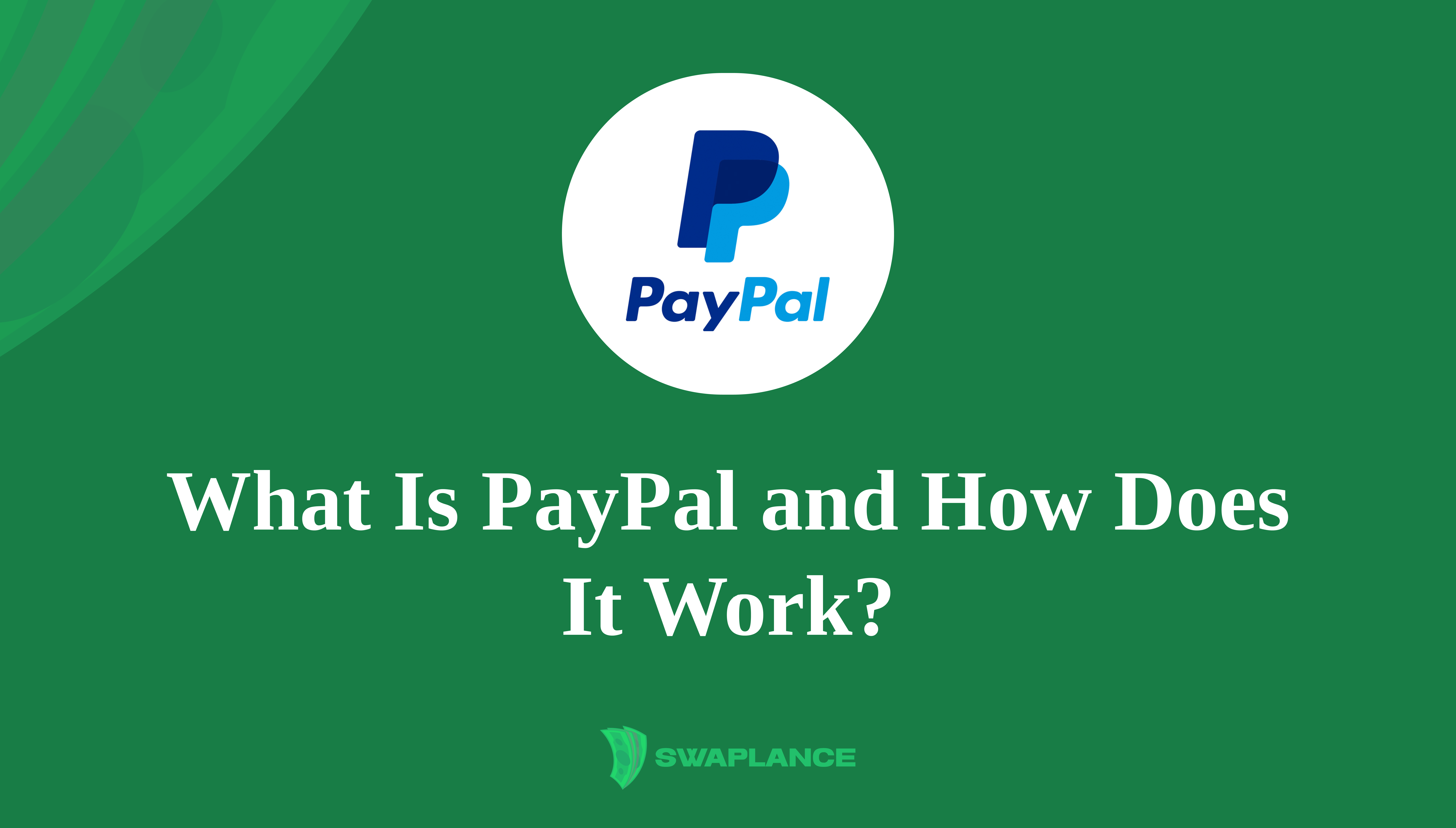
What Is PayPal and How Does It Work?
Managing finances and online transactions has become increasingly important in the digital age. PayPal is a digital wallet for making and receiving payments. This article delves into PayPal, how it works, and the various features it provides.
Understanding PayPal
PayPal is an online payment system that allows users to make payments, send money, and accept payments from others. It was founded in 1998 and has since grown into a globally recognized platform that millions of individuals and businesses use. PayPal accounts can be linked to bank accounts, credit cards, or debit cards, enabling users to fund their transactions in various ways.
Your PayPal account is your digital wallet that you can use to make and accept payments while working with the swaplance.com platform. It stores your financial information securely, making it easy to pay for goods and services online without repeatedly entering your payment details. When you sign up for PayPal, you create a username, typically your email address, which serves as your identifier on the platform. Your PayPal username is what others will use to send you money or request payments.
How PayPal Works
PayPal operates as a middleman between your bank and the merchant you are paying. This intermediary role adds a layer of security, as your financial details are not directly shared with the seller.
PayPal works as an online payment system that allows users to make payments, send money, and receive payments securely over the internet. Users can link their bank accounts, credit, or debit cards to their PayPal account, making it easy to conduct transactions without directly sharing their financial information with merchants or other users.
When making a purchase or sending money, PayPal acts as an intermediary between the user's bank and the recipient, ensuring that the transaction is secure and completed swiftly. PayPal also offers features like buyer protection and dispute resolution to help safeguard users against fraud. Additionally, users can store funds in their PayPal balance and use it for future transactions or withdraw it to their bank accounts.
If you don’t have a PayPal Account yet, here’s a step-by-step overview of how to sign in and use it:
- Creating an Account: To start with PayPal, you need to create an account. This involves providing basic information, such as your name, email address, and password. You will also need to link a payment method, such as a bank account or credit card, to your PayPal account.
- Making Payments: To make a payment, log in to your PayPal account and select the payment method you wish to use. PayPal then processes the payment, debiting the chosen funding source and crediting the recipient's PayPal account. The recipient can then transfer the money to their bank account or use it for future PayPal transactions.
- Receiving Money: Receiving money via PayPal is straightforward. The sender needs your PayPal email address (your username). Once the payment is made, it appears in your PayPal balance, and you can transfer it to your bank account or keep it in PayPal for future use.
- Security: PayPal employs robust security measures, including encryption and fraud detection, to protect users' information. For eligible transactions, users are also covered by PayPal's Buyer Protection policy, which can reimburse you if your purchase doesn’t arrive or is significantly different from the description.
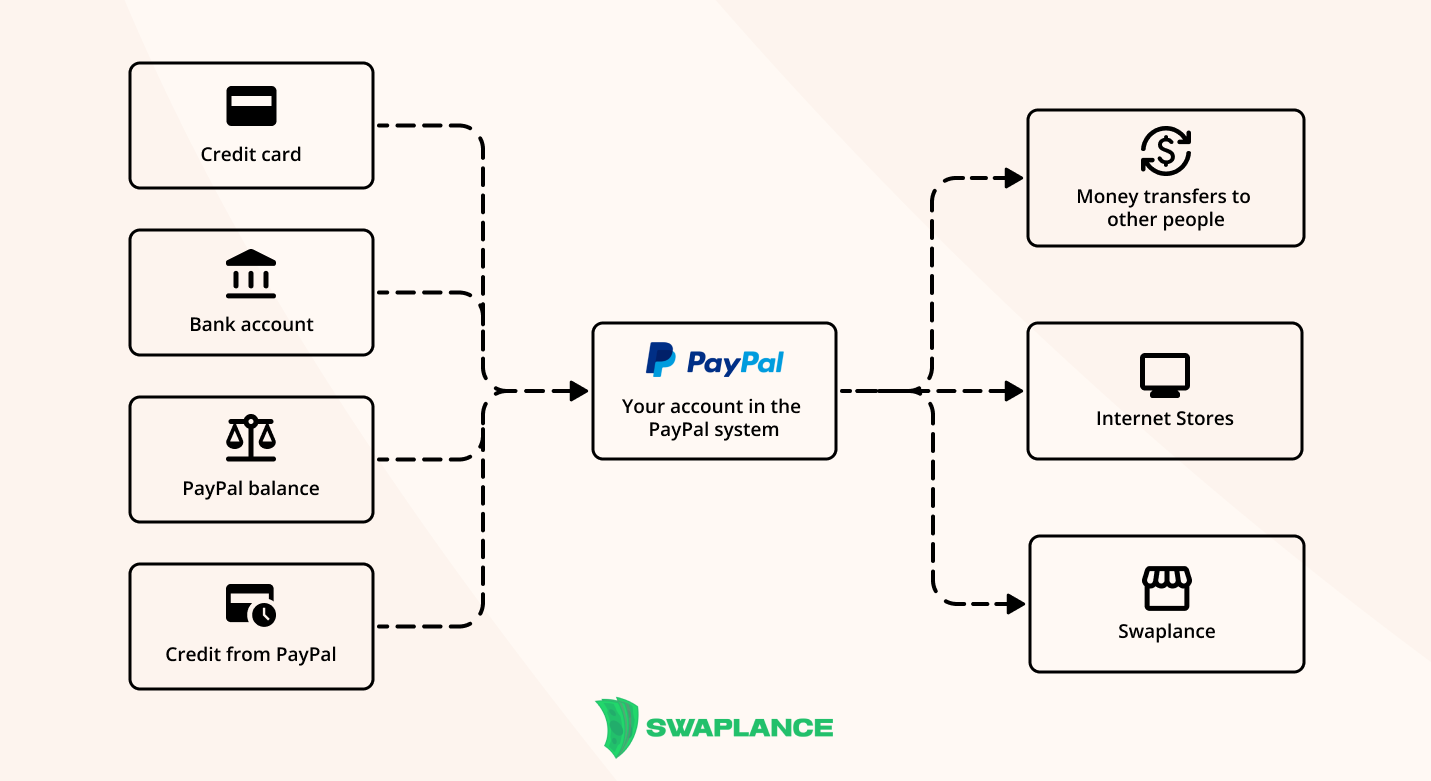
Setting Up a PayPal Account
Your PayPal account is a digital wallet that allows you to securely manage and conduct online financial transactions. It is identified by the email address you used to sign up. This email address serves as your PayPal username, which you use to log in to your account and for others to send you money.
Setting up a PayPal account is a simple process that can be completed in a few steps:
- Sign Up: Go to the PayPal website or download the PayPal app. Click "Sign Up" and choose between a personal or business account. Personal accounts are ideal for individual use, while business accounts are better suited for merchants and businesses.
- Provide Information: Enter your email address and create a strong password. You will also need to provide personal details, such as your name, address, and phone number.
- Link a Payment Method: To utilize your PayPal account entirely, link it to a bank account, credit card, or debit card. This allows you to send and receive money. PayPal will perform a small transaction to verify your bank account or card, which you will need to confirm by entering the transaction amount.
- Verify Your Account: Verifying your account increases your transaction limits and adds an extra layer of security. PayPal may require you to provide additional information, such as a government-issued ID or proof of address, to verify your identity.
Once your account is set up and verified, you can use PayPal for online transactions, send money to friends and family, and receive payments.
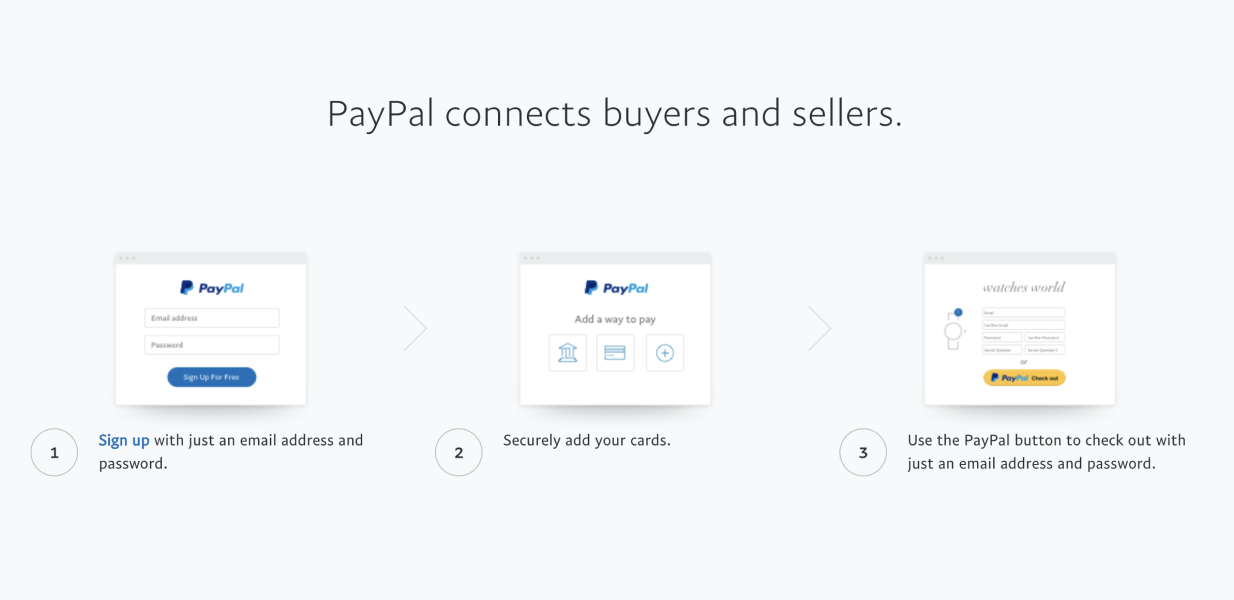
Using PayPal for Payments
PayPal offers various payment options to cater to different needs. Here's how you can use PayPal for payments:
- Online Shopping: PayPal is accepted by millions of online retailers. Select PayPal as your payment method at checkout, log into your account, and confirm the payment. This process is quick and secure, as your financial details are not shared with the retailer.
- Send Money: You can send money to friends and family using their email address or mobile number. Choose the “Send Money” option, and enter the recipient’s details, the amount, and the purpose of the payment. PayPal offers a “Friends and Family” option that allows you to send money without incurring fees if funded by your PayPal balance or linked bank account.
- PayPal Pay Later: This feature allows you to make purchases and pay for them later. PayPal Credit is a reusable credit line provided by PayPal. When you apply for PayPal Credit and are approved, it appears as a payment option at checkout. You can use it to spread the cost of purchases over time with various repayment options.
- Recurring Payments: PayPal offers an easy way to manage payments for subscriptions and recurring services. You can set up automatic payments, ensuring you never miss a fee for services like streaming subscriptions, utilities, or memberships.
PayPal Credit and Financing Options
PayPal Credit and PayPal Pay Later are financing options offered by PayPal that provide flexibility for managing payments and purchases. Both PayPal Credit and PayPal Pay Later offer flexible payment solutions catering to different financial needs and preferences. PayPal Credit is ideal for users looking for a revolving line of credit with promotional financing options, while PayPal Pay Later is perfect for those who prefer to split purchases into smaller, interest-free payments.
PayPal Credit is a revolving line of credit available to PayPal users, functioning similarly to a credit card. It allows you to buy now and pay later, offering several benefits:
- PayPal Credit: A credit line available to PayPal users. It allows you to buy now and pay later by making minimum monthly payments or paying off the balance over time. When you apply and are approved for PayPal Credit, it becomes a funding source within your PayPal account. This option is beneficial for managing cash flow or making larger purchases more affordable.
- Promotional Financing: PayPal Credit often offers promotional financing options, such as no interest if paid in full within a specified period (e.g., six months). This can be particularly advantageous for making significant purchases without immediate financial strain.
- Flexible Repayment: PayPal Credit offers repayment flexibility, allowing users to choose how much they want to pay monthly. This can be the minimum payment due or a larger amount to pay off the balance faster. It provides an alternative to traditional credit cards with competitive interest rates and no annual fee.
PayPal Pay Later, also known as Pay in 4, is a short-term financing option that allows you to split eligible purchases into multiple payments:
- Interest-Free Payments: PayPal Pay Later typically divides your purchase into four equal, interest-free payments. The first payment is due at the time of purchase, with the remaining three payments spread out over six weeks.
- Manageable Installments: This option helps manage cash flow by breaking down the cost of a purchase into smaller, more manageable payments, making it easier to budget for larger items.
- Ease of Use: During the checkout process at participating merchants, you can select PayPal Pay Later as your payment method, enabling you to spread out your payments without applying for a new credit line.
- No Credit Impact: Using PayPal Pay Later doesn’t require a hard credit check, making it a convenient option for those who prefer not to impact their credit score.
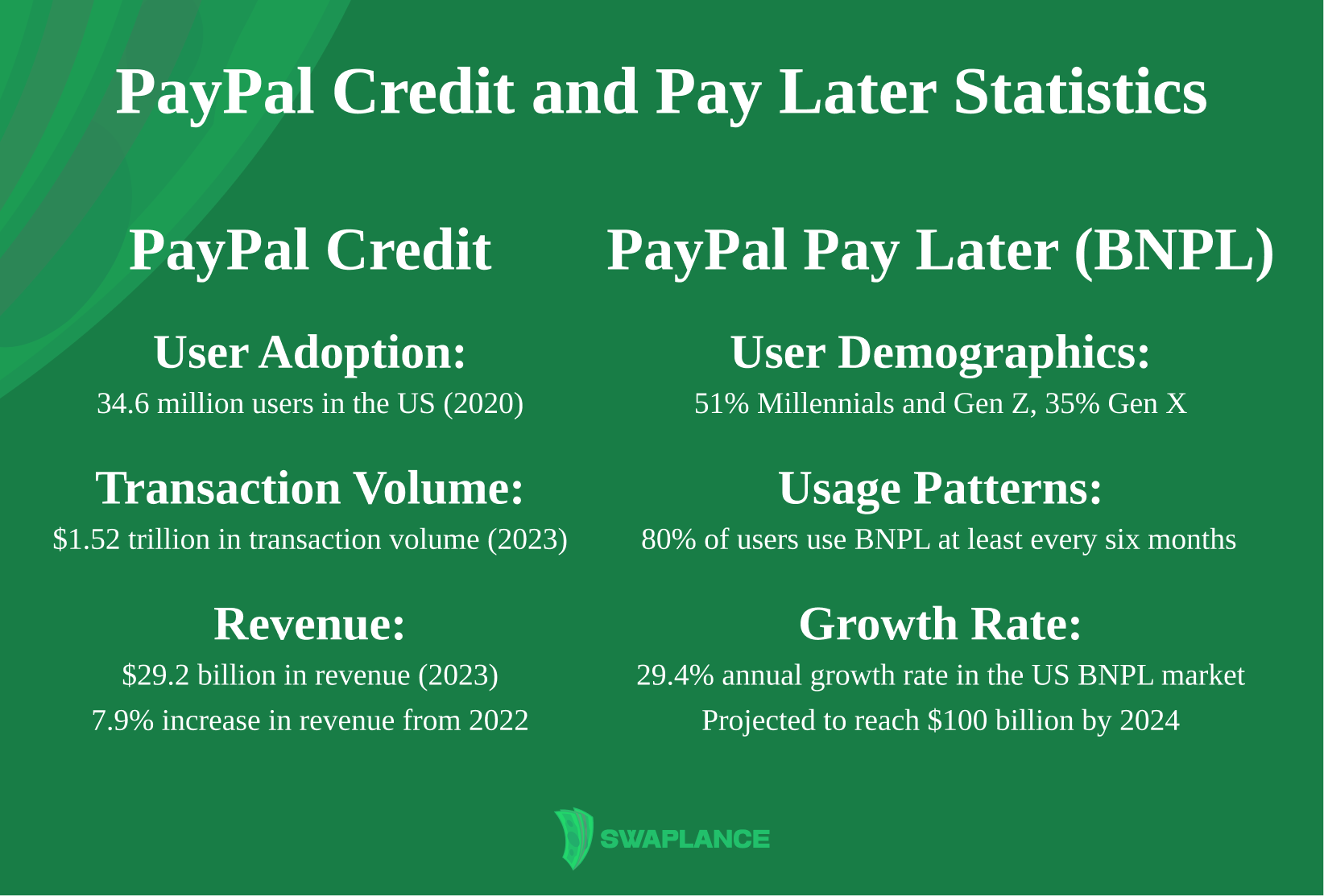
Linking Your Bank Account to PayPal
PayPal partners with various banks and financial institutions to provide its services. When you link a bank account to your PayPal account, you link it to your personal or business bank account. Linking your bank account to PayPal is essential for seamless transactions. Here’s how you can do it:
- Log In: Log into your PayPal account and go to the "Wallet" section.
- Link a Bank Account: Click on "Link a bank" and enter your bank details, including your bank name, account number, and routing number. PayPal supports most major banks, making it easy to link your account.
- Verification: PayPal will make two small deposits into your bank account, typically within a few days. Check your bank account for these deposits and enter the exact amounts into PayPal to verify the account. This step ensures that you are the rightful owner of the bank account.
- Use Your Bank Account: Once your bank account is linked and verified, you can use it to fund your PayPal transactions. You can transfer money to and from your bank account, pay for purchases, and withdraw PayPal balances to your bank account.
Linking your bank account to PayPal enhances your ability to manage your funds and ensures you have multiple funding options for your transactions.
In conclusion, PayPal is a versatile and secure platform for managing online transactions, suitable for both personal and business use. Understanding how PayPal works, setting up an account, and utilizing its various features can streamline your financial activities and provide flexibility in managing payments. Whether shopping online, sending money to friends, or running a business, PayPal offers a comprehensive solution to meet your needs.
Common questions
-
What is PayPal, and how does it work?PayPal is an online financial service that allows individuals and businesses to send and receive money, make online payments, and manage their finances securely. It operates as an intermediary between your bank account or credit card and the merchant or individual you transact with, ensuring that your financial information remains protected. Users create a PayPal account, link it to their bank or card, and use it to make payments or receive funds. Transactions are encrypted and secured, providing a safe way to handle online financial activities.
-
How do I set up a PayPal account?Setting up a PayPal account is simple and straightforward. First, visit the PayPal website or download the PayPal app and click on "Sign Up." Choose between a personal or business account, and then provide your email address, which will become your PayPal username, and create a password. Next, enter your personal information and link a bank account, credit card, or debit card by following the verification process. Once your account is verified, you can start using PayPal to send and receive money, shop online, and manage your financial transactions.
-
What are the benefits of using PayPal for online transactions?Using PayPal for online transactions offers several benefits. It provides a secure and encrypted platform that protects your financial information, reducing the risk of fraud and unauthorized access. PayPal's Purchase Protection policy ensures that you can get a refund if your purchase doesn't arrive or isn't as described. Additionally, PayPal is widely accepted by millions of merchants globally, making it convenient for shopping online. The platform also allows easy money transfers between friends and family, often without fees for domestic transactions.
 Mark Petrenko
Mark Petrenko 